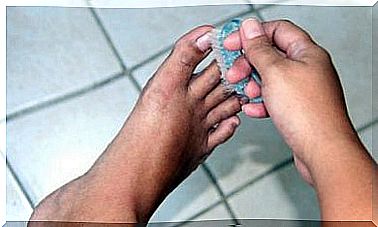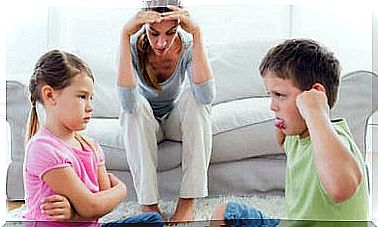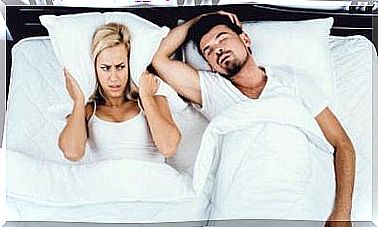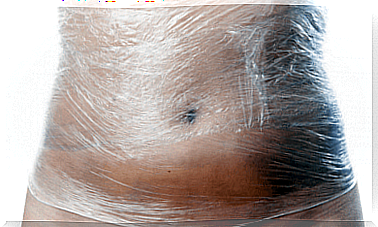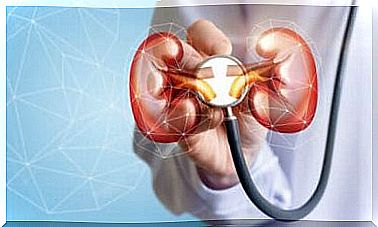Migraine In Children: Symptoms And Treatment
Migraine in children is disabling and can interfere with their daily tasks. It can even become a cause of poor academic performance. How to identify it?
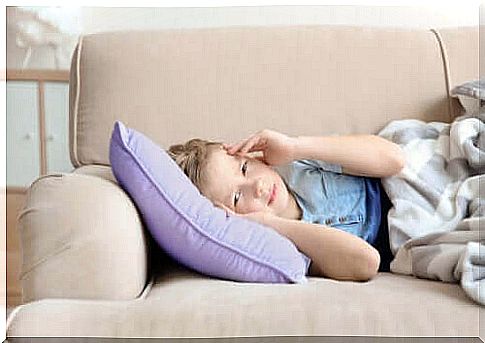
Migraine is very common in children and can occur at any age. According to statistics from the Migraine Research Foundation , around 10% of school-aged children suffer from migraine, and up to 28% of adolescents between the ages of 15 and 19 also have it.
Often, this type of headache is disabling and can interfere with daily activities. In the case of children, migraine can have certain negative effects that lower both their academic performance and their social status.
Although children generally have fewer migraine attacks than adults, this condition can be just as debilitating at the time. In addition, without treatment, it can significantly affect the quality of life of the young person.
Symptoms of migraine in children
There are two types of migraine. Episodic migraines which occur sporadically, and chronic migraines. In this article, we will mention typical migraine attacks, but it should be noted that they may be different from those of adults.
Sometimes, due to age, it is not easy for children to identify, let alone put into words the perceived sensations. Migraines can be moderate to severe in intensity and are usually accompanied by other symptoms.
They arise as a result of a cascade of events produced over the hours and days. A typical migraine attack without aura progresses through three phases: the premonitory phase, the pain phase and the post-migraine phase.
Symptoms associated with the premonitory phase are as follows:
- Nausea and vomiting
- Pain behind an eye or ear
- Pain in the temples
- Sensation of seeing spots or flashing lights
- Sensitivity to light or sound
- Temporary loss of vision
- Paleness or shadows under the eyes
- Mood swings
These symptoms can appear hours or even a day before the onset of the pain phase. Usually the pain affects the head bilaterally, unlike adults where it is on one side of the head. It can be nagging and make it difficult to complete daily chores.
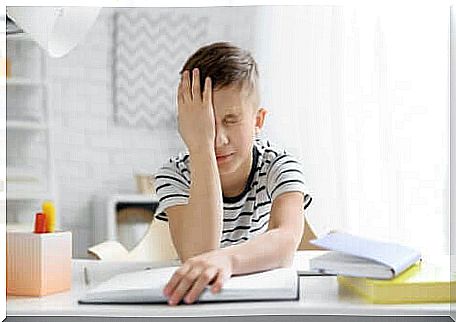
Migraine with aura
The attack with aura is an additional phase that can occur earlier or with the headache. When manifested, the aura is usually visual, like flashes. Young children may be unable to voice complaints about their headache.
Therefore, the symptoms perceived by caregivers include paleness, decreased activity and vomiting. In addition, the post-migraine phase is characterized by a state of exhaustion.
In addition to the physical symptoms, some children may develop anxiety for fear that another painful attack may occur. This is called anticipated anxiety. It can also impair the ability to concentrate at times when pain is absent.
In a small percentage of children, it will take the form known as chronic migraine, which we mentioned before. This is pain that occurs 15 days or more per month, that lasts more than 4 hours, for more than 3 months.
Treatment of migraine in children
Usually, the sufferer will want to lie down in a dark, quiet room, and may find relief with sleep. Medicines used for the acute treatment of migraine include common pain relievers such as ibuprofen and paracetamol, and triptans.
On the other hand, it may be necessary to try several medications in order to find the most effective treatment for each individual. The faster the drug is administered, the more effective it will be. In some cases, an antiemetic may be helpful.
There is no absolute cure for migraine because its pathophysiology is not yet fully understood. On the other hand, keeping a log of personal migraine triggers can provide you with useful information to prevent them. It could be the following:
- Diet Considerations
- Hydration
- Stopping certain medications
- Adherence to a consistent sleep schedule

General considerations
The presence of migraine in children will be a cause of anxiety, both for children and for their parents or educators. It is always advisable to go to the doctor, to develop an accurate diagnosis and find an adequate treatment.
Finally, making sure the child is getting enough sleep, exercise, and a full and varied diet will also help prevent migraines.

